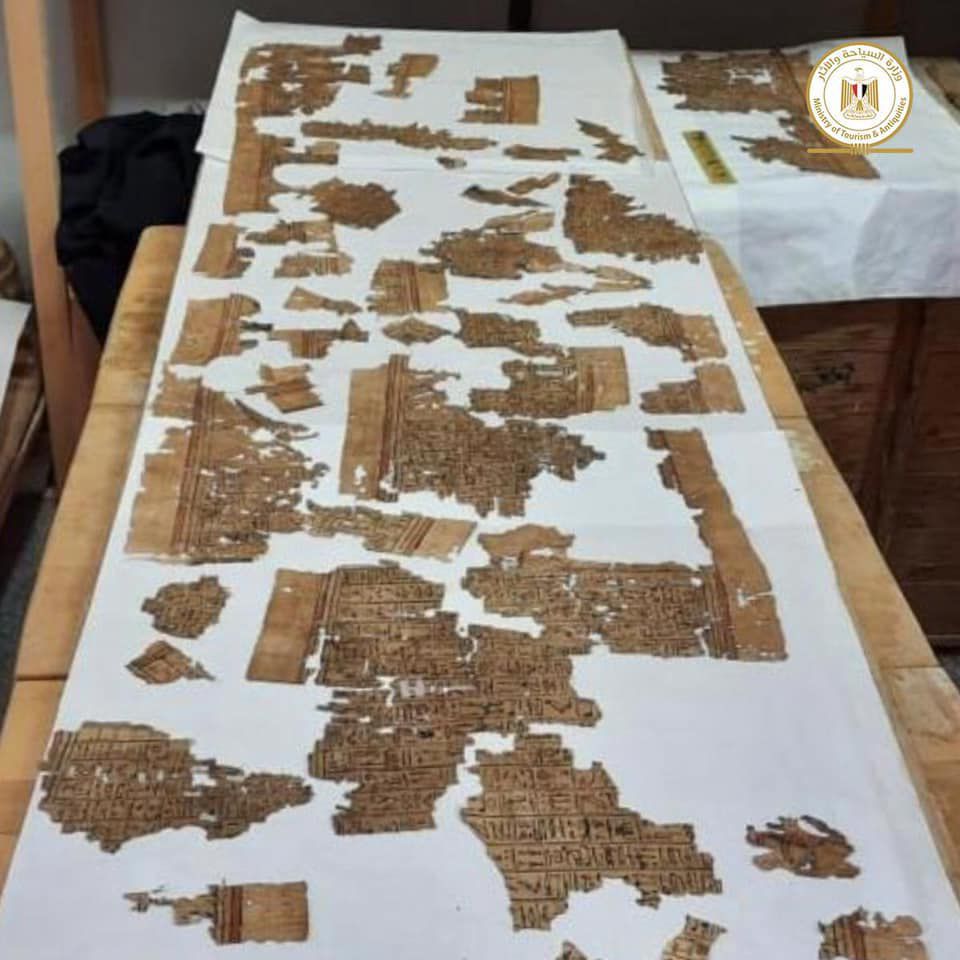 |
Did you know that ancient West Africans of the Niger River Valley were the first to practice cermonial burials, domesticate millet and smelt iron? Despite widespread ignorance of West African history, archaeological evidence and written accounts help us trace the development of this cradle of civilization that birthed wealthy empires and city-states whose stone, earthen and walled cities became intellectual hubs of the medieval world. Read more.
Over 10,000 years ago, Nilotic Africans were already using boats to fish. And their increasing reliance on boats, coupled with the expansion of agriculture along the river banks, gave rise to the world's oldest documented maritime civilization, where ancient, advanced ships were used for practically everything-- from hunting and sporting to commerce and international trade. Read more.
New Archaeological Discoveries in Africa
 |
At Saqqara, Egyptian archaeologists found 50 wooden coffins, a 13-foot-long Book of the Dead scroll, a model boat, and other artifacts dating to the New Kingdom (1570-1069 BC). Although the site was originally excavated in 2010, archaeologists only recently linked it to 6th Dynasty Queen Naert, the wife of King Teti (2680-2180 BC). Read More.
27 Coffins at Saqqara
Egyptian archaeologists uncovered 27 decorated sarcophagi and other artifacts from two different wells located at Djoser's Pyramid at Saqqara. Although the pyramid is the world's oldest, dating to roughly 2670 BC, the newly discovered coffins only date to the Coptic era under Persian rule (roughly 500 BC). Read More.
Vast Funeral Industry at Saqqara
Although discovered in 2018, the 'funeral home' or mummification workshop at Saqqara (600 BC) has only recently revealed the extent of the funeral industry in ancient Kemet. In addition to large incense burners, blood drainage channels and a ventilation system, archaeologists found mummified remains, coffins, and urns prepared using various methods and materials, suggesting ancient undertakers offered different embalming methods and funerary products for different budgets. Read More.
Oldest Known Christian Church in Ethiopia
Archaeologists unearthed the remains of the oldest known Christian church in Ethiopia, built in the 300s AD some 30 miles north of the ancient capital of Aksum. The main structure of the 60x40 ft church, built in the style of a Roman basilica, a gold ring with a bull's head, and a stone penant with Ge'ez writing, were the most important finds. Read More.
Continue >>
